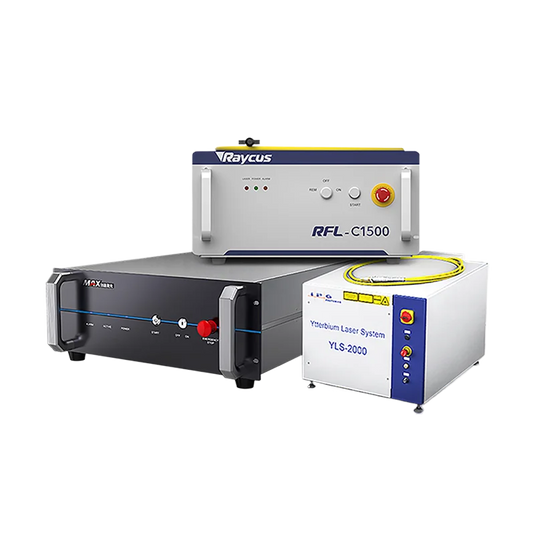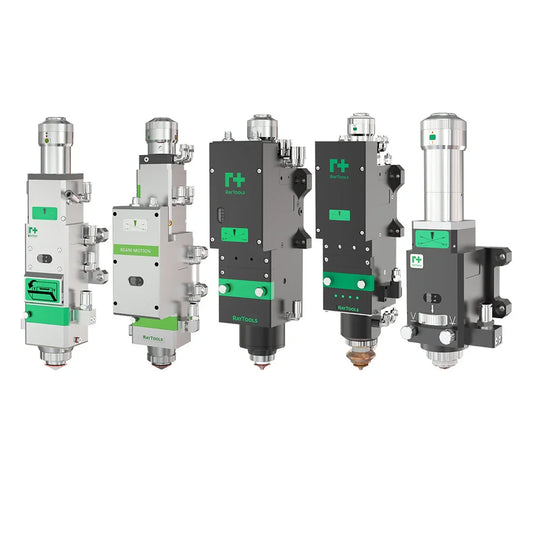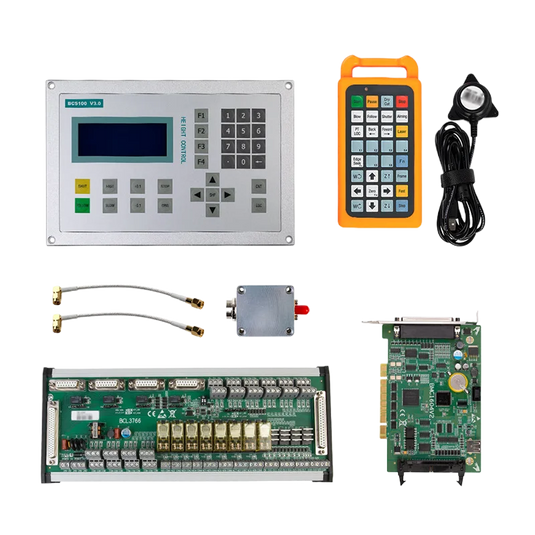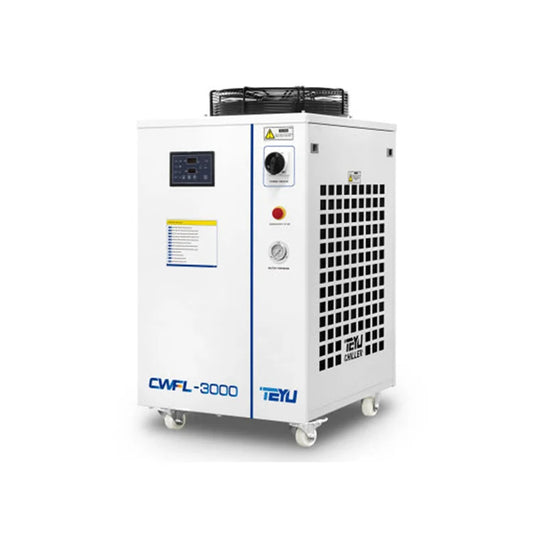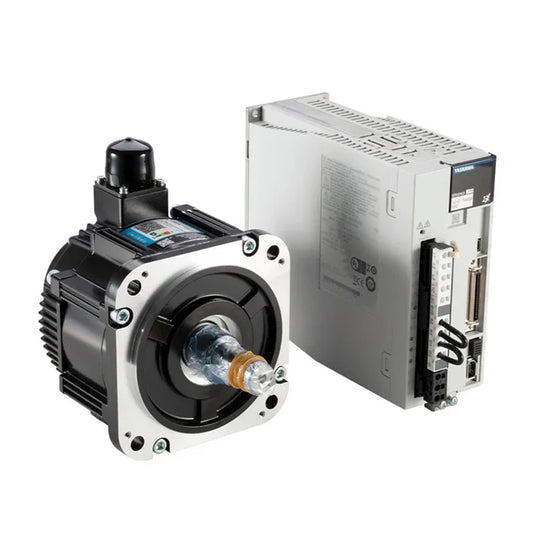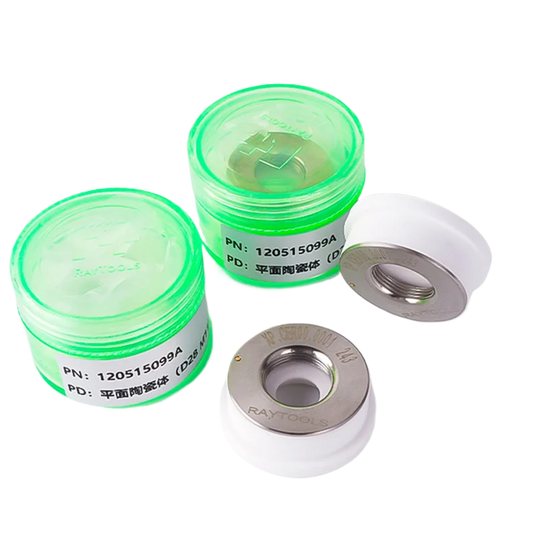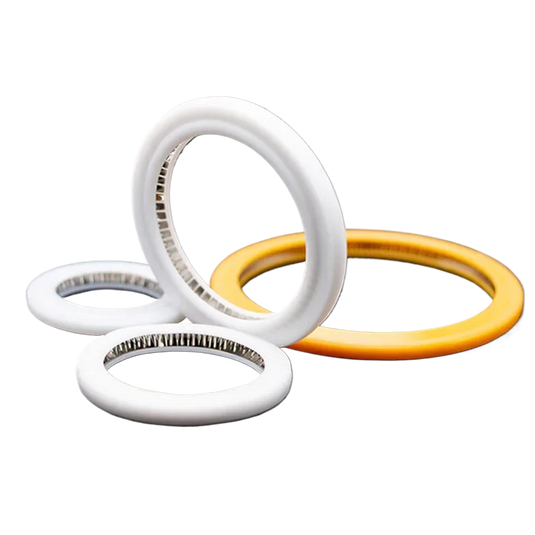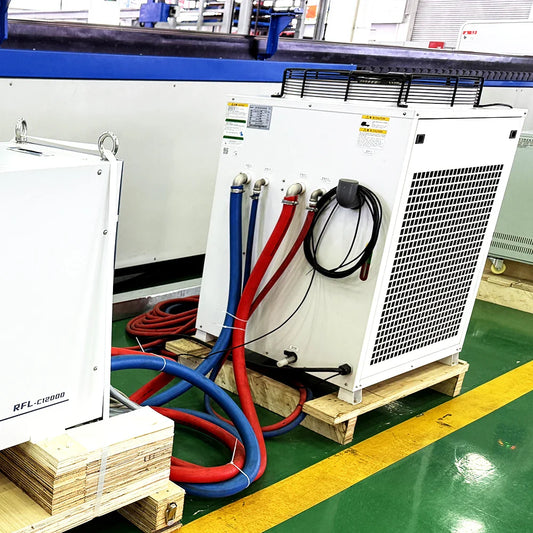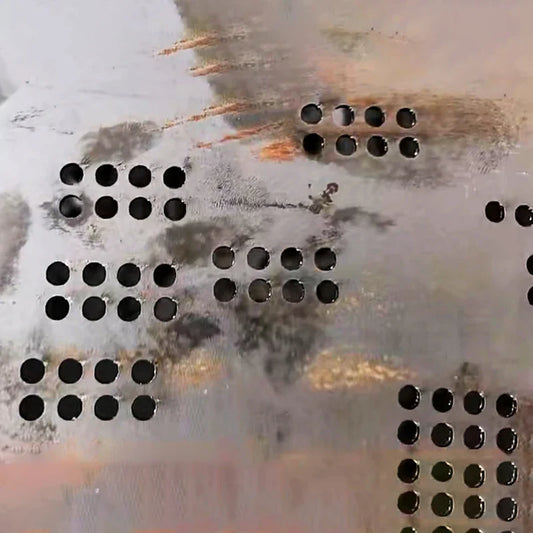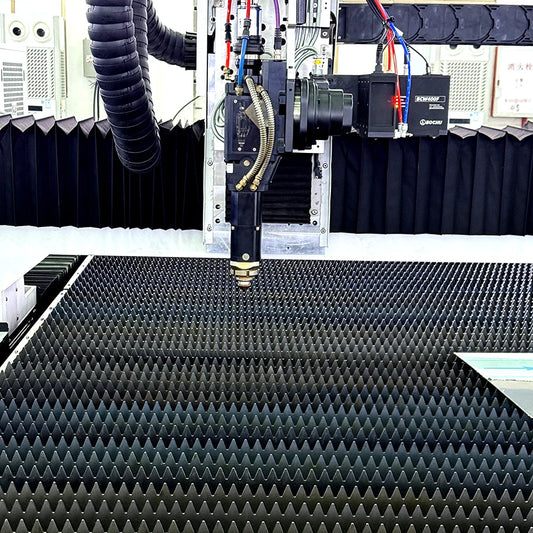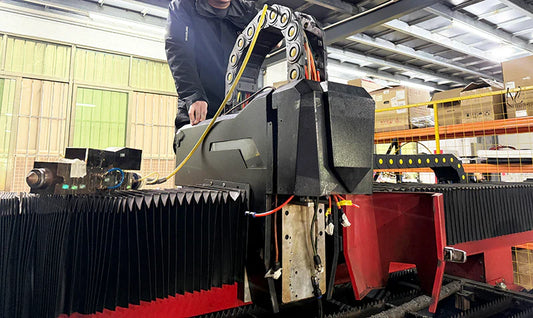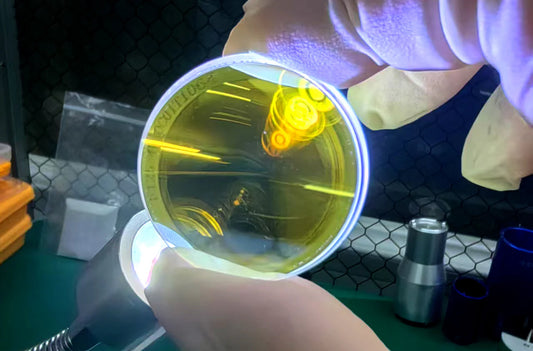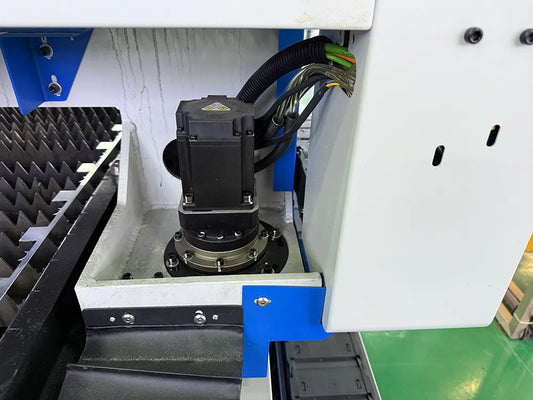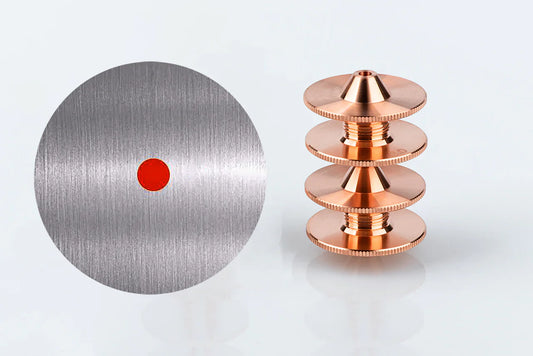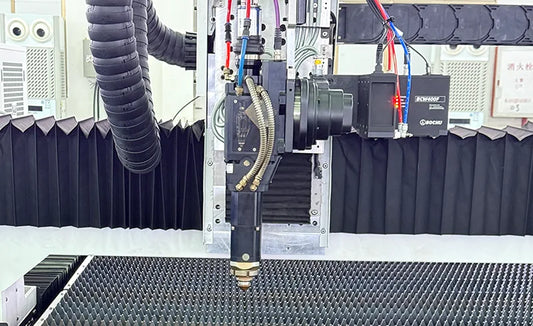Top 5 Common Fiber Laser Cutter Electrical Circuit Failures and Solutions
Introduction
In the complex world of fibre laser cutters, the electrical circuit is the lifeblood that keeps the machine operating. Any fault in the electrical system can cause substantial disruptions in production, resulting in costly downtime and lower efficiency. As a result, recognising common electrical circuit failures and remedies is critical for both operators and maintenance workers. This blog post will look at the top five most common electrical circuit failures in fibre laser cutters and offer efficient methods to get your machine back up and operating quickly.
Failure #1: Malfunctioning Limit Switches
Problems
Limit switches are critical components in fibre laser cutters because they help control the movement and location of the cutting head. When these switches fail, operators may get soft or hard limit alerts. These alerts can disrupt the fibre laser cutter's normal operation, causing the machine to halt abruptly. In addition, coordinate errors may occur, resulting in erroneous cutting paths and, perhaps, damaged parts. The limit switch is crucial for accurate positioning; if it fails, the cutter may not know where it is, resulting in collisions or wrong cuts.
Causes
There are a few common causes of limit switch malfunctions:
- Sensor Contamination: Dust, debris, and metal shavings can build up on the sensors over time, making it difficult for them to precisely identify the machine's position.
- Wiring Issues: Loose connections, damaged wires, or short circuits can disrupt signal transmission, causing false alarms or even functional loss.
Fixes
To troubleshoot limit switch issues, perform these steps:
- Clean the sensors with a gentle, dry cloth or a mild cleaning solution to remove dirt and debris. Avoid abrasive materials that could scratch the sensors.
- Recalibrate the Coordinates: After cleaning, make sure to recalibrate the coordinates using the machine's control panel or software. Follow the manufacturer's directions carefully.
- Inspect Wiring: Look for visible damage to the wires and make sure that all connections are secure. Repair or replace any damaged wires or connectors.
Failure # 2: Motor Overloads
Problems
Motor overloads are a major problem that can impede the movement of the cutting head. The most obvious symptoms of a motor overload are:
- Unusual Noises: The motor may produce low-pitched hums or high-pitched screeches, suggesting that it is under strain.
- Unresponsive Motor: If the motor fails to start or stop as directed, the cutting process can be substantially impacted.
Causes
Motor overloads can arise for a variety of reasons, including:
- Brake Failures: If the brake fails to release properly, it can put additional strain on the motor, resulting in overheating and failure.
- Misconfigured servo parameters, such as torque limits or acceleration settings, might cause the motor to run harder than it should, causing it to overload.
Fixes
To remove motor overloads:
- Adjust Servo Parameters: Refer to the machine handbook to establish the right parameters. Adjust the motor incrementally and assess its performance after each change.
- Replace Damaged Motors: Replace the damaged motor with a compatible model. Ensure that the installation procedures and torque specifications are followed correctly.
Failure #3: Failures of 24V Power Supplies
Problems
One of the most noticeable electrical failures is a faulty 24V power supply. The symptoms include:
- Failure to start: When you click the start button, the machine does not turn on. There may be no indicator lights or motor movement, which indicates a power supply problem.
Causes
The most prevalent causes of 24 volt power supply failure include:
- Short circuits can be caused by damaged wiring, malfunctioning components, or incorrect installation.
- Burnt Components: Overheating, electrical surges, or manufacturing flaws can cause burnt components in the power supply, rendering it useless.
Fixes
To troubleshoot and repair a failing power supply:
- Test the Power Supply Output: Using a multimeter, check the voltage output of the 24V power supply. Compare the measured values to the manufacturer's specified values.
- Replace Damaged Parts: Examine the wiring for evident evidence of damage. Replace any damaged wires or components.
If no additional issues are discovered, and the power supply is faulty, replace it with a new, compatible power supply unit.
Failure 4: Electromagnetic valve leaks
Problems
Electromagnetic valve leakage, particularly in the gas distribution system, can disrupt the fibre laser cutter's functioning. The symptoms include:
- Gas Leaks: You may hear a hissing sound or observe a drop in gas pressure, affecting cutting quality.
- Valve Unresponsiveness: If the valve does not open or close properly, the cutter's performance will be variable, resulting in quality issues.
Causes
Several issues can cause electromagnetic valve leaks, including:
- Blockages: Dirt, debris, and foreign particles can build up inside the valve, preventing it from sealing correctly.
- Damage to the coil: Overheating or short circuits can cause the electrical coil that controls the valve to become damaged.
Fixes
To address electromagnetic valve leaks:
- Cleaning the Valve: Remove the valve and use a suitable cleaning solution to remove any clogs.
- Replace the Coil: If the coil is damaged, replace it with one that is compatible. Follow the manufacturer's directions exactly to guarantee correct installation.
- Test the Valve: After reassembling the valve, check its functionality to confirm it is operational.
Failure # 5: I/O Board Output Errors
Problems
I/O board output problems frequently lead to faulty signals. The symptoms include:
- Relay Failures: The I/O board's relays may fail to switch properly, causing incorrect signals to be delivered to other components.
- Signal Loss: The I/O board may fail to transmit or receive signals accurately, causing communication issues between different portions of the machine.
Causes
I/O board errors frequently arise owing to:
- Overvoltage: Electrical surges or an incorrect voltage supply might harm the components on the I/O board, resulting in relay failures or signal loss.
- Ageing Components: As I/O board components age, they may wear down and lose dependability, resulting in failure.
Fixes
To fix I/O board output issues:
- Replace faulty relays with new ones of the same type and rating.
- Wiring Connections: Inspect the wiring for any damage. Replace any damaged wires and make certain all connections are secure.
Keep Your Operations Running Smoothly with Pendstar!
As a trusted leader in laser cutter parts and consumables for 20+ years, we deliver 100% genuine original replacements with 3-day shipping from our global warehouses. Partnered with RAYCUS, BOCHU, MAX, WSX, and other 30+ top brands, we guarantee compatibility, quality, and rapid solutions for every repair. Whether you’re in the USA, Germany, Italy, Turkey, Brazil, or elsewhere, our localized service teams provide on-site maintenance or remote diagnostics 24/7.
Need urgent support? Contact our local teams now or schedule a online consulation.
Shop Reliable Parts Today → | Get Expert Help →
Backed by 20 Years of Laser Expertise – Your Trusted Partner in Precision Cutting Solutions.
Conclusion
Proactive maintenance is required to avoid downtime caused by electrical circuit failures in fibre laser cutters. Regular inspections, cleaning, and resolving issues as they arise can assist to reduce disruptions and increase productivity. By keeping up with electrical maintenance, operators can guarantee that their fibre laser cutters remain efficient and reliable, resulting in more consistent and profitable operations.
Frequently Asked Questions
How frequently should I check the electrical components of my fibre laser cutter?
Regular inspections should be performed at least once every six months, with key components such as wiring, sensors, and motors being checked quarterly.
Do I need to hire a professional to solve my electrical issues, or can I do it myself?
While some small issues can be resolved by the user, significant electrical failures should be handled by a skilled expert to prevent further harm.
What should I do if I hear weird sounds from the motor?
If you observe unusual motor noises, check for motor overload or misconfigurations in the servo parameters right once, and consult a specialist if the problem persists.
What is the leading cause of 24V power supply failure?
The most common reason is a short circuit, which is commonly caused by damaged wiring or malfunctioning components.
How can I avoid limit switch failures?
Inspect the wiring and clean the limit switch sensors on a regular basis to verify that there are no loose connections or damage.
What is the suggested method for replacing damaged components?
To avoid future failures, always follow the manufacturer's replacement part instructions, ensuring compatibility and good installation.

